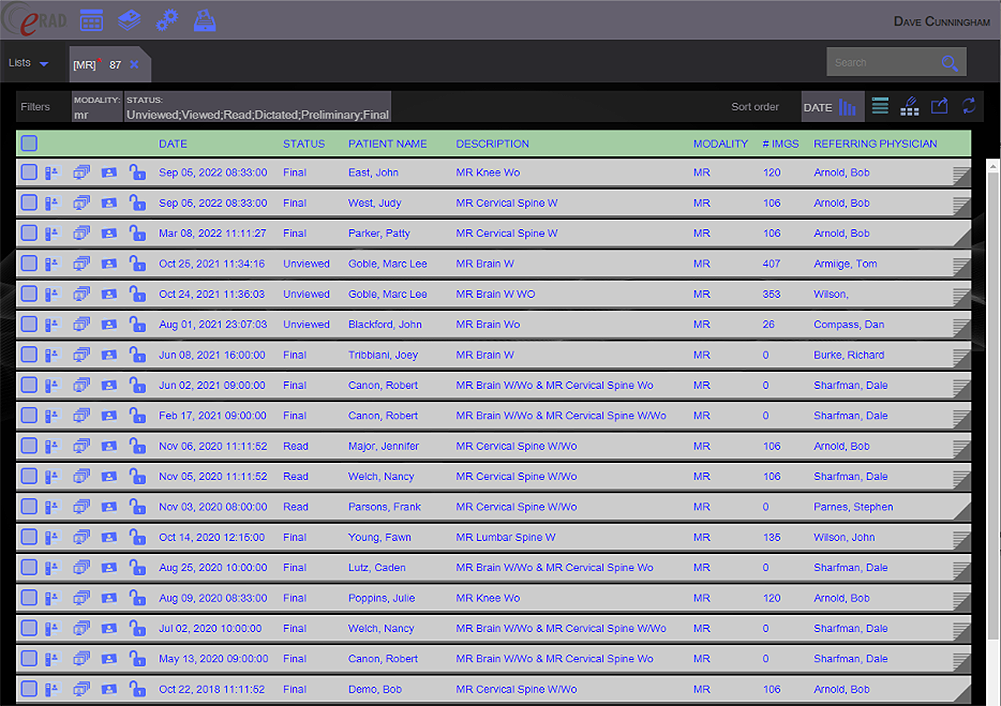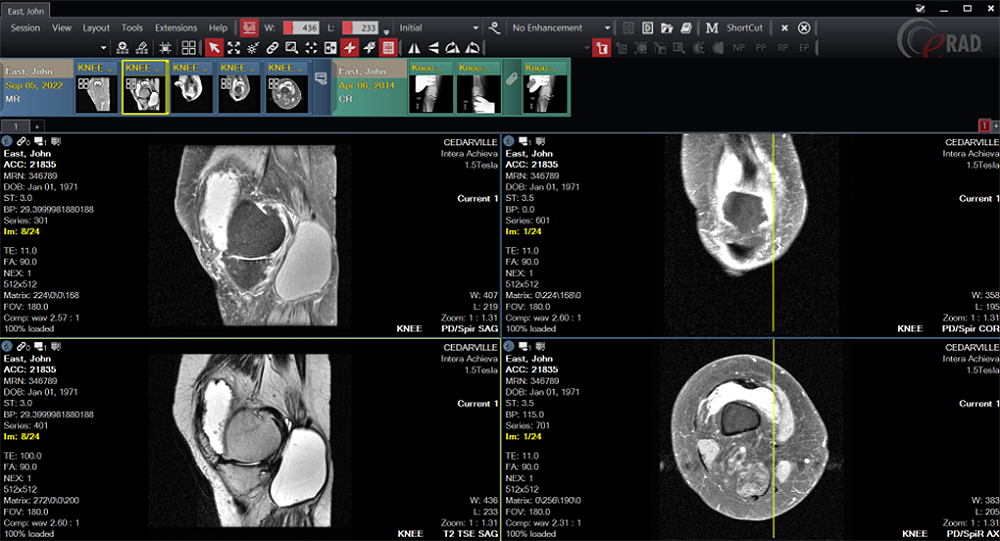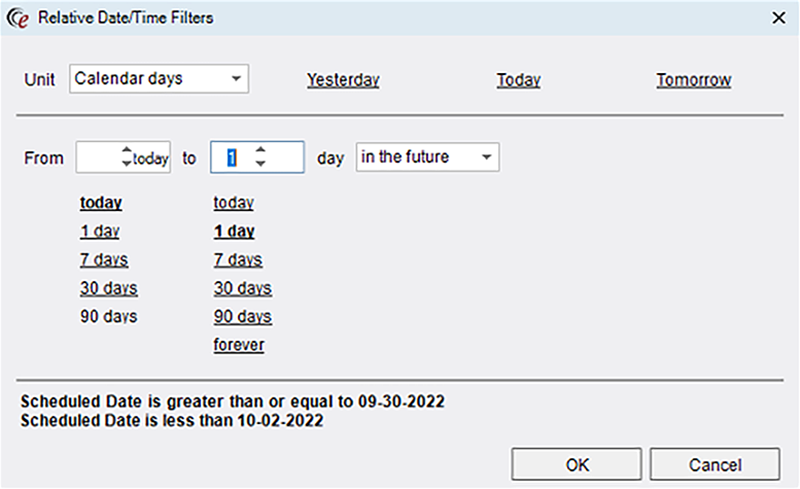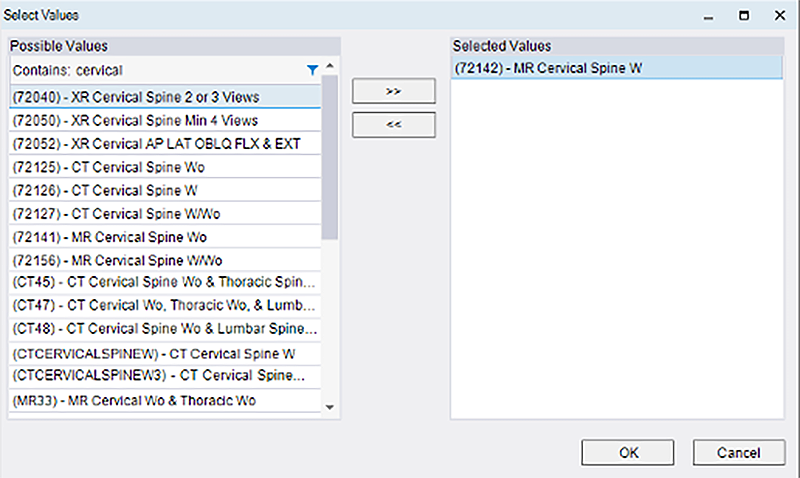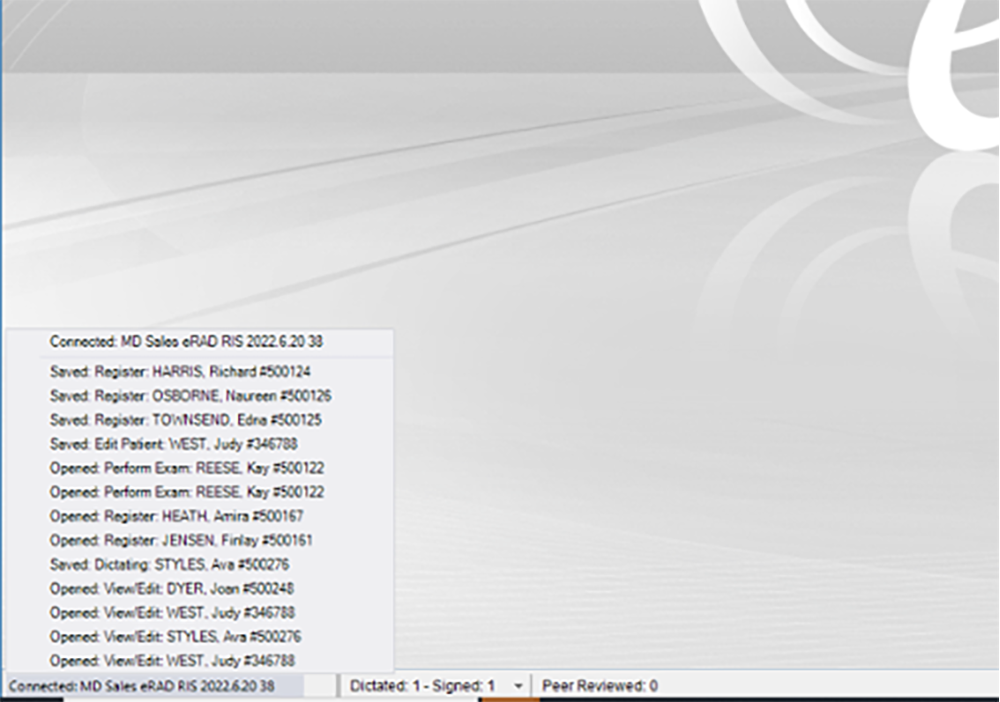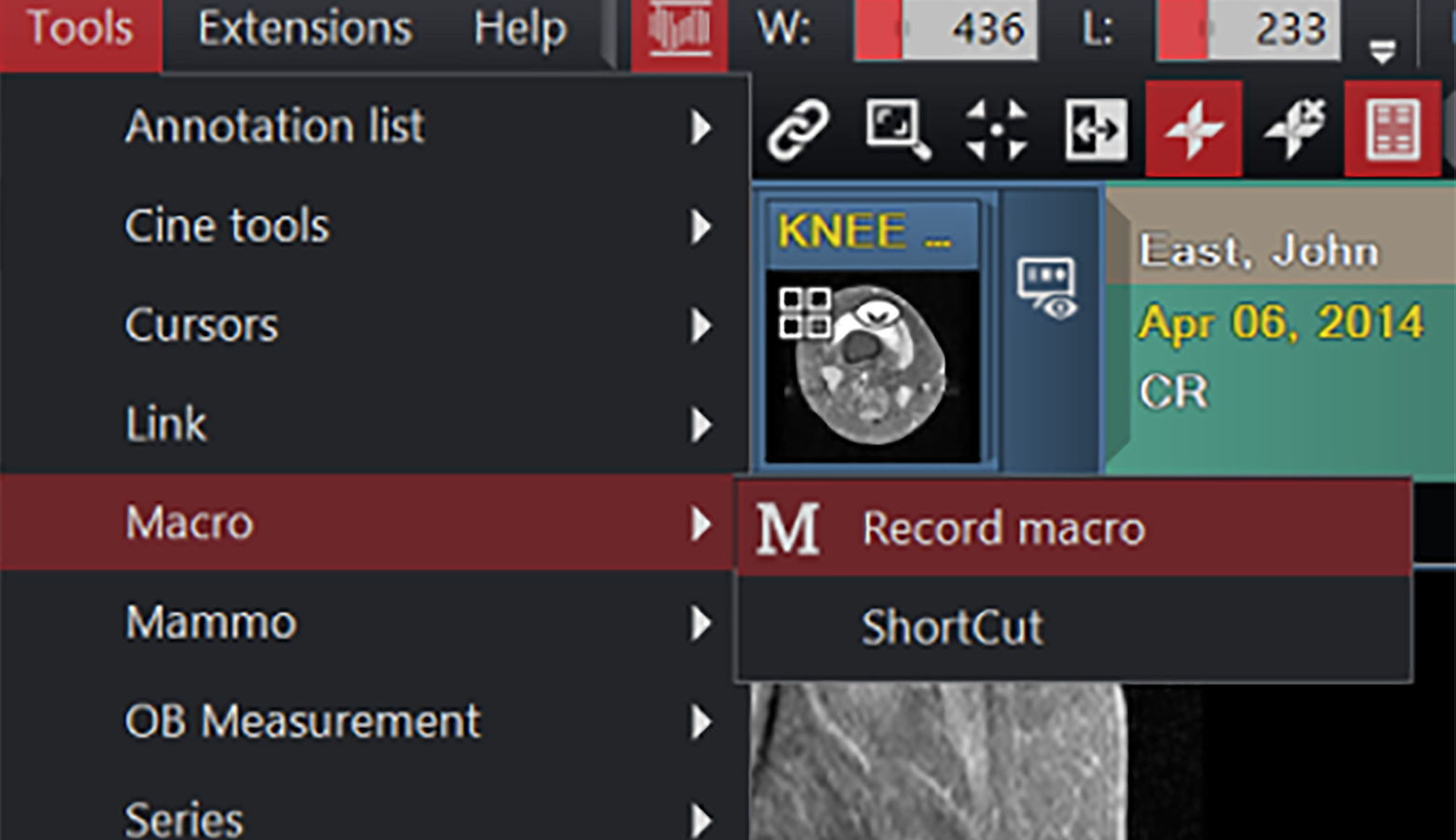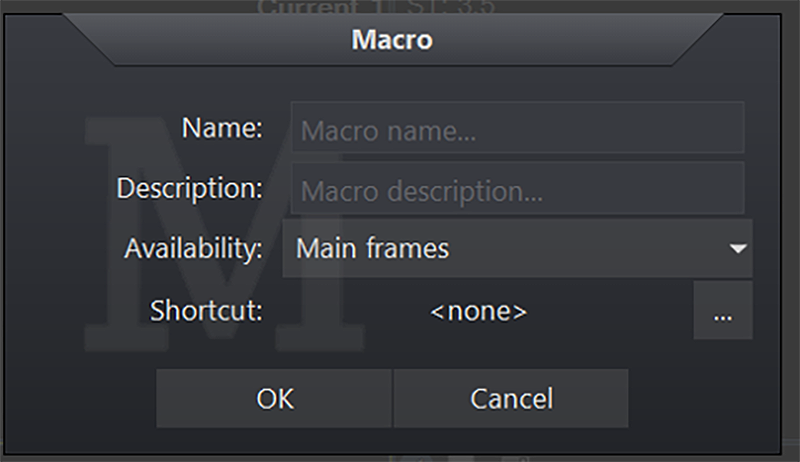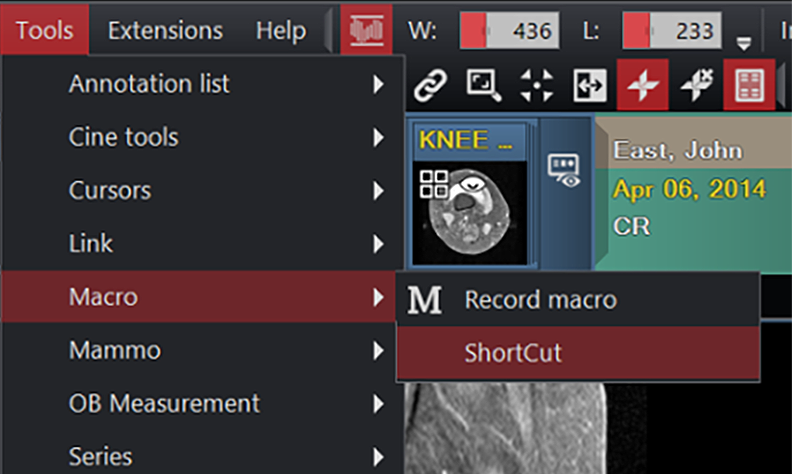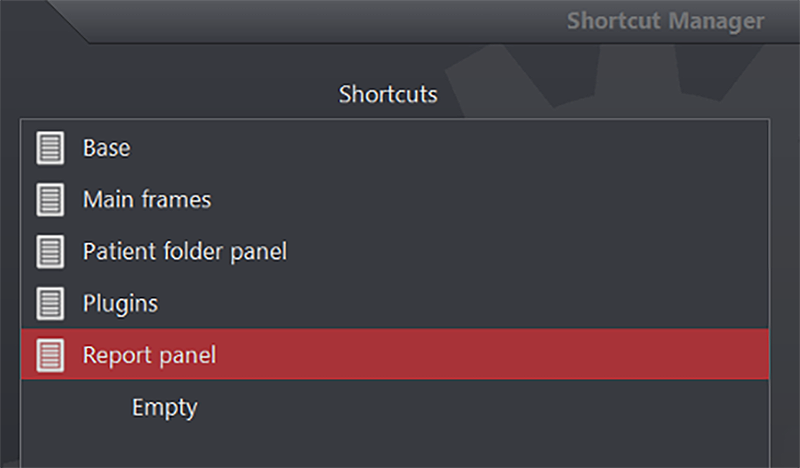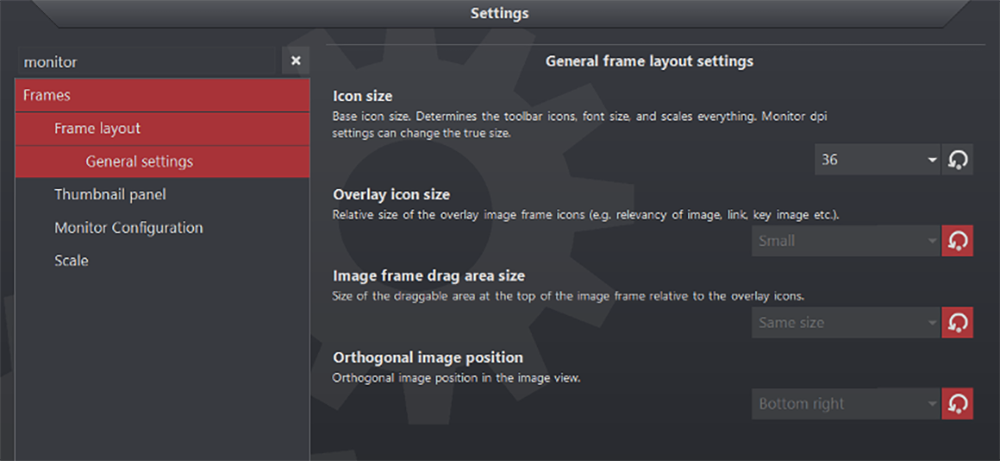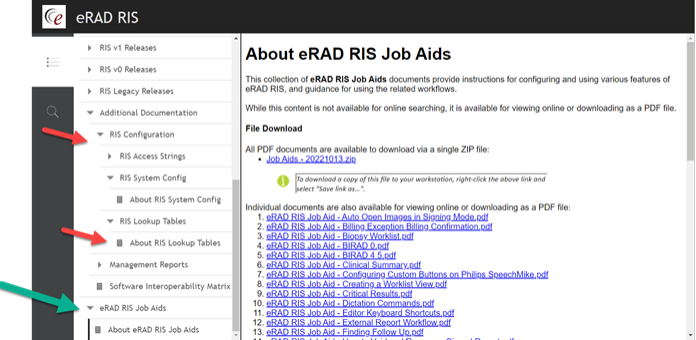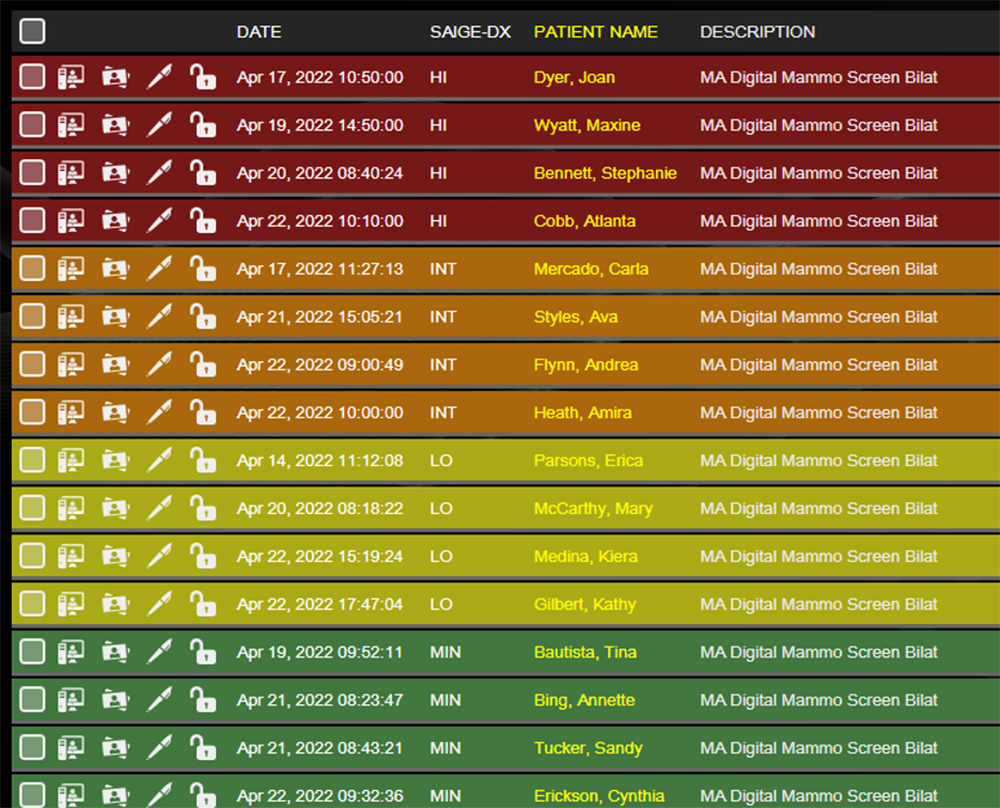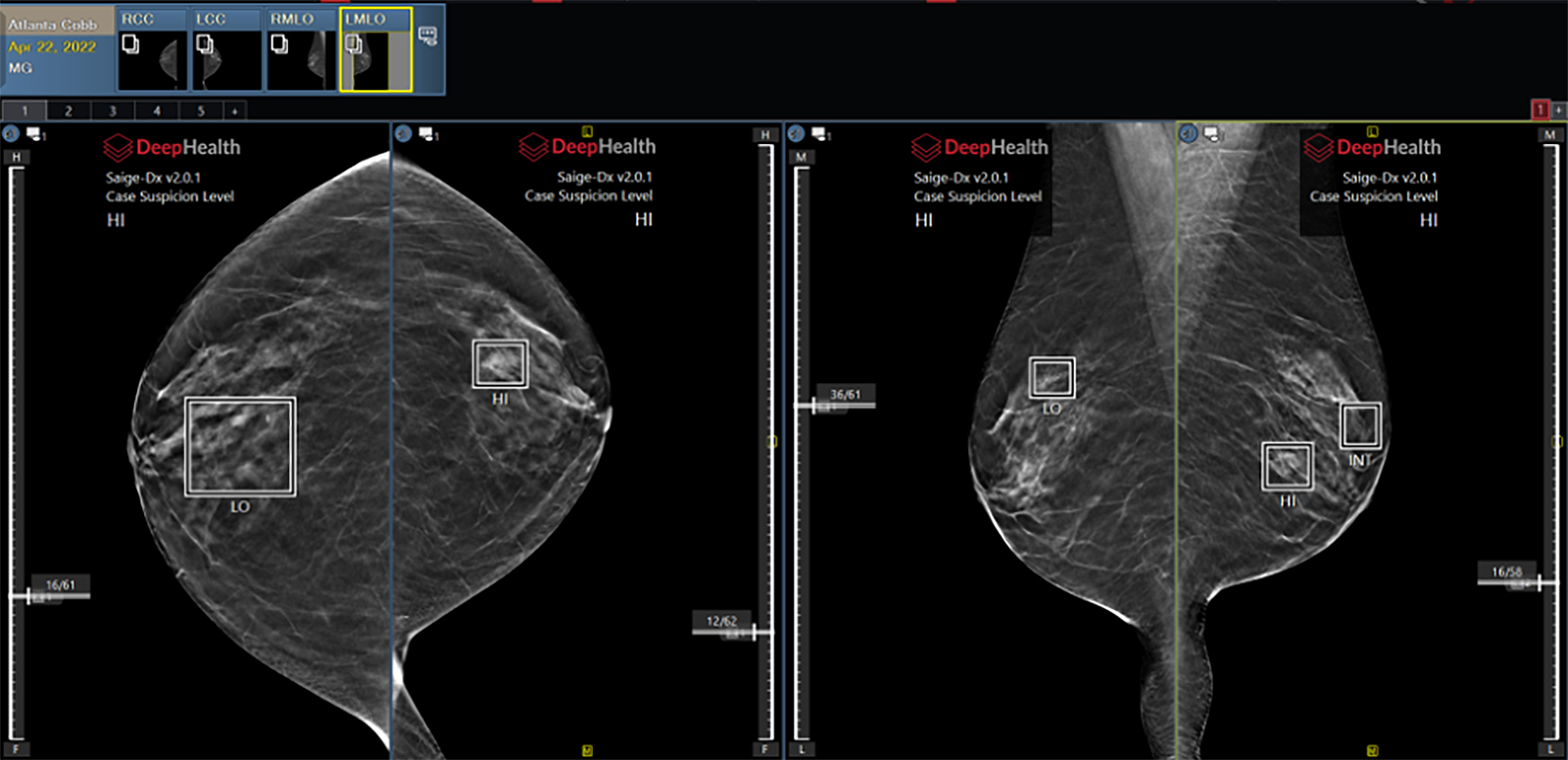eRAD Pulse – Issue No. 2, January 2023


Welcome to the second edition of eRAD Pulse. If this is your first time here, our goal for this publication is simple—to provide timely and useful information for our partners and customers.
In service of that goal, we’re continuing a great idea from the previous edition. The first 10 people who send a comment or question to eRAD Pulse will score a $25 Amazon gift card. Remember—our top priority is to deliver the information that will be most helpful to you, so don’t hesitate to speak up. Your feedback is welcome.
Speaking of the previous edition, here’s a link. We don’t want you to miss anything that may be useful for you. Then read on for new insights in this edition of eRAD Pulse.
Software Releases
Some customers call it PACS Evolution. Some call it PACS Evo. Some call it V8. Whatever you call it, the latest eRAD PACS Evolution upgrade is ready for you. Remember that it’s important to work with the latest release of your software. That’s how to leverage the full power of all features of your system.
Why should I upgrade?
- 64-bit OS for faster performance
- Increased study ingestion rate for faster performance
- Improved delivery of studies to the local user for faster performance
- Database tuning for faster performance
- Improved security
- New friendly user interface
- Drag-and-drop worklist filtering
How do I upgrade?
It’s easy. Just email the pros at eRAD Support ([email protected]) to request an upgrade. Our engineers will determine if your current hardware meets the specs for eRAD PACS Evolution and then we’ll get you on the schedule. You can also call eRAD Support at 866-414-3723 or start a ticket in the Self-Service portal.
Tips, Tricks, and Features
eRAD RIS
Webinars—eRAD RIS customers, did you catch the latest webinars hosted by our expert applications specialists? If not, you can view the recordings anytime. Just visit https://erad.com/webinars/. If you aren’t receiving notifications about eRAD webinars, let us know at [email protected]. We’ll get you on the list.
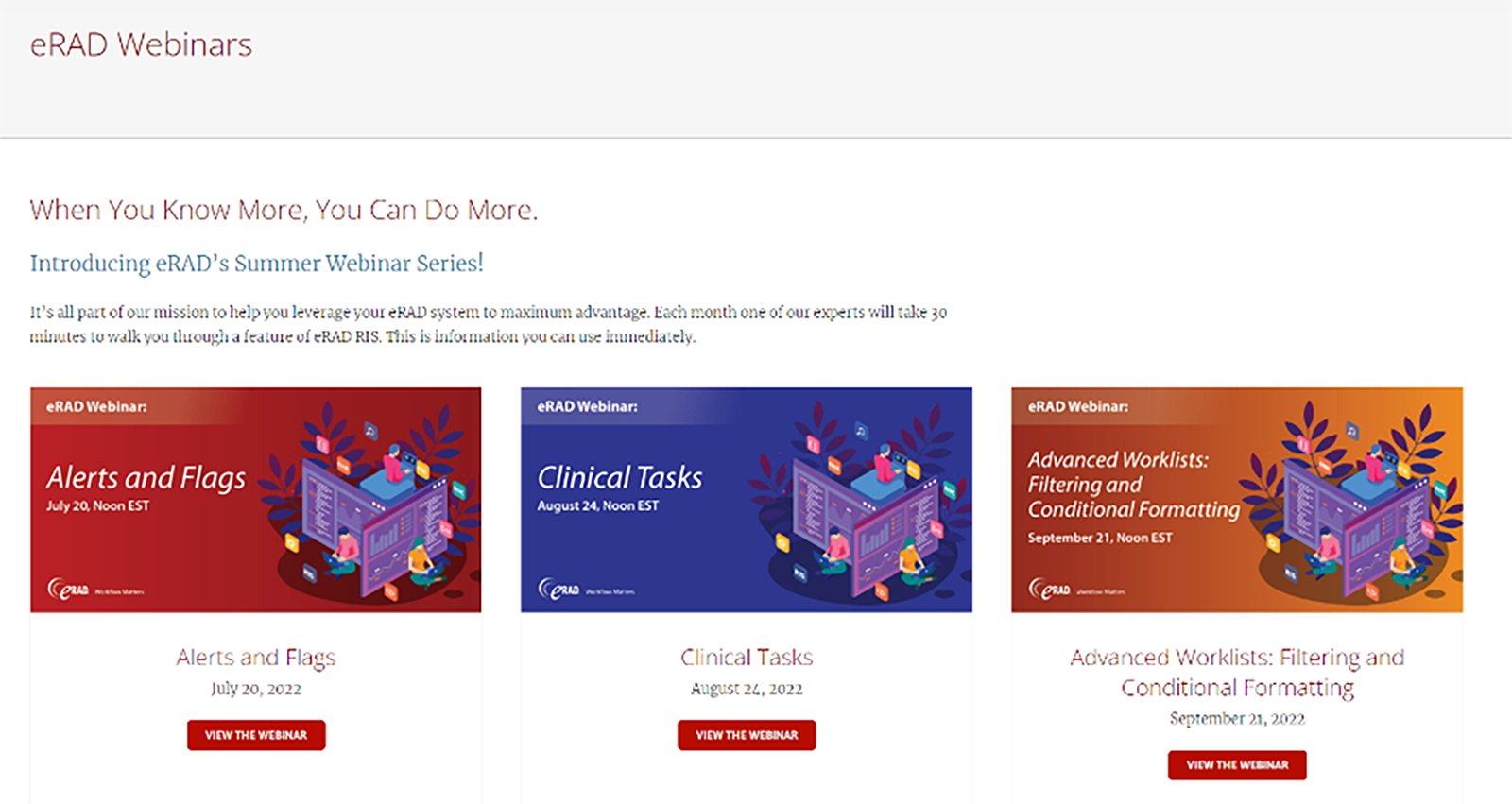
Exam Search—Check out the new and improved Exam Search functionality.
1. Select the exam icon to the left of the main search bar.
2. A pop-up dialog displays. Choose a date or a date range and select the OK button.
3. From the next pop-up dialog, select the type of procedure to search for. (Click the selection in the left column and then click the right arrow button to move it into the “Selected Values” column on the right. Once all selections are made, click the OK button.)
4. View all the results that met your criteria.
The Last 13—You can quickly view any of the last 13 patients you worked on by clicking “Connected” in the left-hand corner of the status bar in eRAD RIS. The status bar is at the bottom of your screen.
eRAD PACS
Macros—Have you tried the macro shortcuts in PACS Evo yet? Get ready for a real time-saver …
1. To create a shortcut, be prepared to perform the function you want to shortcut. (You will be recording the action you take.) Then click the Tools menu and select Macro from the submenu. Select Record macro to begin.
2. Perform the function that you want to shortcut. You can take your time. The system is recording your actions.
3. Click the Record macro menu again to stop recording. Only those actions will be performed when you use this macro.
4. In the pop-up dialog, enter a name and description for this macro. In the Availability field, select where (which part of the system) this macro will be available. In the shortcut field, hit a combination of keys on your keyboard to attach to this macro. When you hit that key combination, the action you recorded will be performed automatically.
Manage Macros—You can also manage existing macros.
1. Click the Tools menu and select Macro from the submenu. Then click Shortcut.
2. There are five main sections, i.e., types of shortcuts to manage: Base, Main frames, Patient folder panel, Plugins, and Report panel. Select the type and then click the Shortcut to manage it.
Regulations and Legislation

CMS Issues Proposed Rule for CY 2023 Medicare Physician Fee Schedule
The Centers for Medicare and Medicaid Services (CMS) published a proposed rule on July 29th for the Calendar Year (CY) 2023 Medicare Physician Fee Schedule (MPFS) and Quality Payment Program (QPP). The rule contains proposed revisions to Medicare Part B payment policies and rates stemming from changes in relative value units, medical practice, and statute. In particular, CMS is estimating a proposed CY 2023 MPFS conversion factor which is 4.4 percent lower than 2022’s ($33.0775 vs. $34.6062, respectively). CMS’ final decision on proposed CY 2023 MPFS and QPP changes is expected on or about November 1st. Final policies and payment rates are effective on January 1, 2023 unless noted otherwise.
CMS Issues Proposed Rule for CY 2023 Hospital Outpatient Prospective Payment System
CMS published a proposed rule on July 26th that would revise the Medicare Hospital Outpatient Prospective Payment System (HOPPS) and Ambulatory Surgical Center (ASC) payment system for CY 2023. The rule contains proposed changes to policies, methodologies, and other factors used to determine payment rates for Medicare services paid under HOPPS and the ASC payment system. In the rule, CMS is proposing to provide a 2.7 percent payment update for hospitals and ASCs that meet their respective quality reporting requirements. Also, the rule intends to further the Administration’s goals around health equity, competition, and patient-centered care. The rule solicits the public for feedback on payment policies for software as a service (SaaS) procedures which includes artificial intelligence and related technologies. CMS estimates that the proposed policies will affect 3,411 hospitals and approximately 5,500 ASCs. Final decisions will be published in early November with an effective date of January 1, 2023 unless noted otherwise.
President Biden Signs PACT Act
On August 10th, President Biden signed into law the one of the largest expansions of healthcare and benefits for America’s veterans – the PACT Act. The new law, “The Sergeant First Class (SFC) Health Robinson Honoring our Promise to Address Comprehensive Toxics (PACT) Act,” covers an estimated 5 million veterans who were exposed to service-related toxic substances beginning with Vietnam. The PACT Act requires the Veterans Administration (VA) to provide screenings, increase access to treatment, and conduct research into toxic exposures.
New Surprise Billing Guidance
On August 26th, the U.S. Departments of Health and Human Services, Labor, and the Treasury released a final rule which provides new guidance on what must be considered as part of the federal independent dispute resolution (IDR) process for arbitrating claims between out-of-network healthcare providers and payors. The final rule is intended to clarify the use of the qualified payment amount (QPA), which is the median contracted rate for the service in question, and other information that may be taken into account when making an offer determination under the IDR process.

This edition’s team member spotlight shines on Suzzanna Morris.

Suzzanna Morris RT(R), Applications Specialists, is the newest member of eRAD’s Professional Services team. Suzzanna has more than 25 years of experience in radiology. She started her career as a radiologic technologist and became a RIS/PACS Administrator for one of the largest healthcare systems in her state. She is currently working towards a Master’s degree in Business Administration. Suzzanna enjoys spending time camping, shelling on Florida’s beaches, and going to concerts with her husband and their three sons. What’s the best part of joining the eRAD family, according to Suzanna? “I learn new concepts every day, thanks to the guidance and teamwork of my colleagues. That helps me succeed in assisting eRAD customers with finding just the right solution to meet their organizational goals.”
Don’t Miss!
A big welcome to our newest customer …

1st Choice Imaging
Powell, WY
We would welcome meeting you at one of these 2023 events. (We stay busy!)
Is Artificial Intelligence in your future?
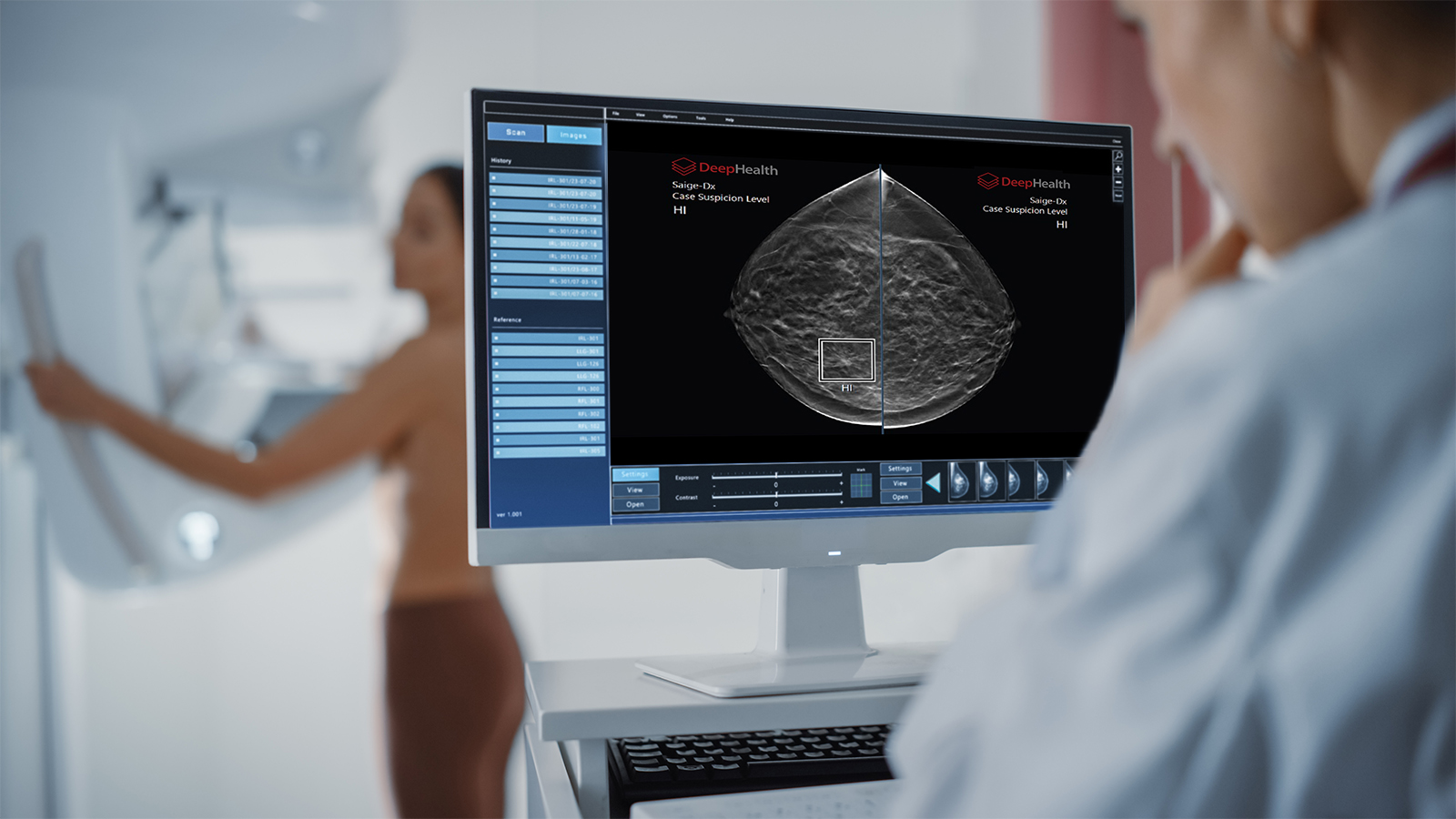
Artificial Intelligence for radiology has swept the market, and it is here to stay.
Is it time for your organization to start using AI tools at your facility? Do you offer breast screening services? Take the AI readiness survey below and see where you stand.
Q1
Are you looking for ways to improve your practice accuracy rates without impacting recall rates?
Q2
Are you having to rely on generalists to do some of the breast specialists’ work?
Q3
Is your Cancer Detection Rate not where you want it?
Q4
Are you looking for ways to help reduce burnout?
If you answered yes to one or more of the above questions, it may be time to consider AI tools for your facility.
It has never been easier to integrate AI into your practice.
eRAD is proud to welcome DeepHealth to the RadNet portfolio of radiology-focused businesses. DeepHealth offers market-leading AI tools for screening mammography. Their AI diagnostic screening tool, called Saige-Dx™, is the only breast screening software on the market to show an increase in performance across all readers in their pivotal study. Saige-Dx has been trained on more than a million images and deployed in 145+ clinical sites across the nation.
In addition, DeepHealth just received FDA clearance for their breast density assessment tool called Saige-Density™. Saige-Density assists radiologists in determining a patient’s breast density score with improved accuracy and more consistency, which can play an important role in the earlier identification of cancer.
Already validated.
DeepHealth AI tools have already been validated on eRAD systems and are fully integrated into the eRAD RIS and PACS. If you have been contemplating implementing breast screening AI tools in your practice, now is the time to take action.
The screens below show how suspicious exams are prioritized in Saige-Dx, and how the technology indicates suspicious lesions in images. Contact us if you would like to see a demo and learn more.

Phone: 864-234-7430 | www.erad.com
